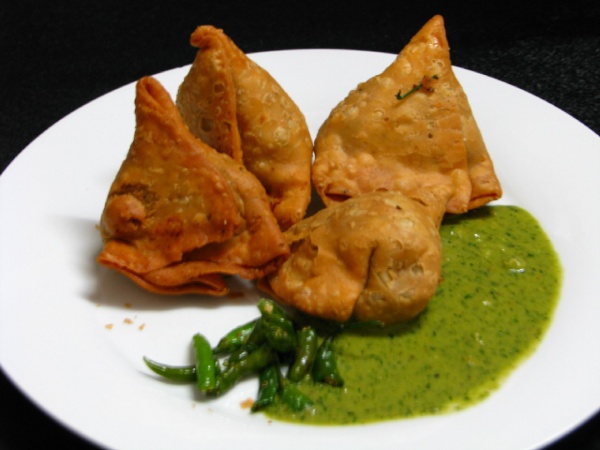Facts About Samosa
Samosas are a cherished snack distinguished by their crispy, golden-brown pastry and flavorful fillings. They can be stuffed with a variety of ingredients, including spiced potatoes, onions, peas, cheese, beef, or lentils, and come in shapes such as triangles, cones, or half-moons, depending on their place of origin.
Although the Indian-style samosa, often served with chutney, is the most renowned, its origins are far more extensive. Recipes reminiscent of samosas have been discovered in Africa, China, and other regions, dating back to medieval times. Today, samosas are enjoyed as appetizers, snacks, or even main courses in many parts of the world, including the Indian subcontinent, Western Asia, Southeast Asia, the Mediterranean, and Africa. Due to cultural diffusion and migration, samosas have become a global delicacy.
The term "samosa" derives from the Persian word "sanbosag." Over time, this name has been adapted by different regions according to their languages. Historically, samosas originated in the Middle East and Central Asia, spreading to Africa, Southeast Asia, South Asia, and beyond. Ancient Arab cookbooks from the 10th to 13th centuries mention similar pastries called "sanbusak" or "sanbusaj." They made their way to the Indian subcontinent around the 13th or 14th century, brought by Central Asian traders.
Today, various regions boast their own unique versions of the samosa. In the Indian subcontinent, you’ll find diverse styles in India, Bangladesh, Nepal, and Pakistan. In Southeast Asia, they are popular in Burma and Indonesia. African countries like Tanzania, Kenya, Somalia, and South Africa also have their distinctive takes on the samosa. Middle Eastern countries such as Israel, and Portuguese-speaking areas like Goa and Portugal, have their own unique versions as well.
Samosas have also gained popularity in English-speaking countries like the United Kingdom, Trinidad and Tobago, Guyana, Uganda, South Africa, Rwanda, Kenya, and Tanzania. They’re becoming increasingly popular in Canada and the United States, where you can even find frozen samosas in grocery stores. In some locales, you might encounter variations that use filo dough or flour tortillas instead of the traditional pastry.

 Turkmenistan
Turkmenistan